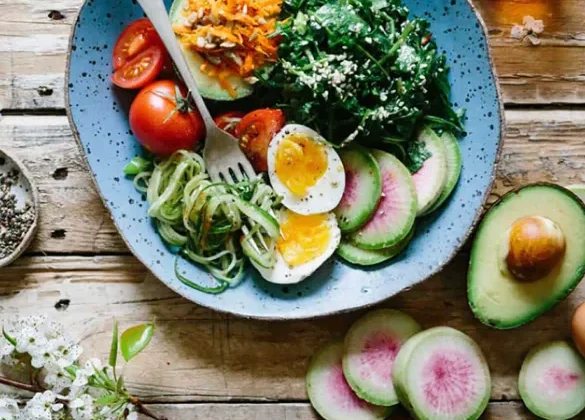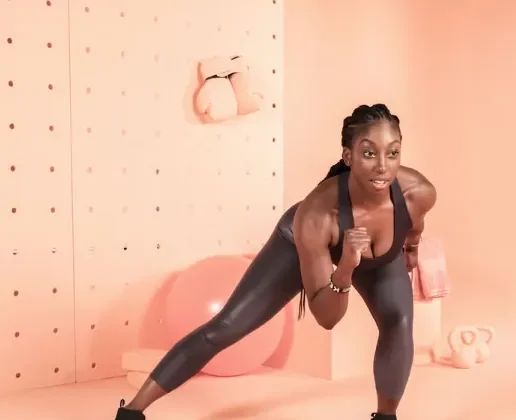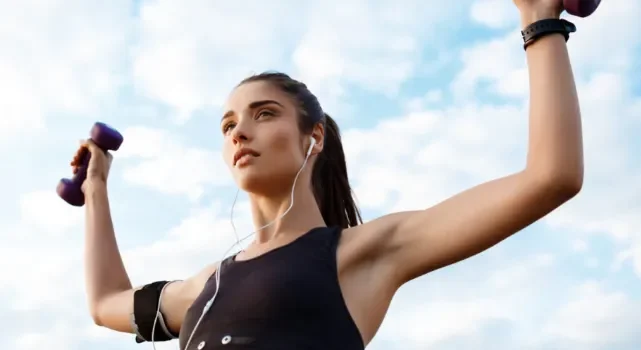
Are you hitting the gym consistently but still not seeing the results you want? You may be putting in the hours, but not getting the muscle engagement you need. It’s frustrating when you don’t see visible changes, even after weeks of hard work. While building muscle requires both time and a proper nutrition plan, there’s one key factor that could be hindering your progress: muscle activation.
Fit Tip #17: Incorporate Pre-Activation Warm-Ups
One quick solution to boost your muscle engagement and results is to include pre-activation exercises in your routine. These exercises act as a warm-up to help your muscles “wake up” and engage properly during your workout, ensuring you get the most out of every exercise. It only takes a few extra minutes, but the benefits are noticeable.
Pre-activation exercises help ensure that your muscles are firing the way they should before you begin your workout. By activating them properly, you make that mind-muscle connection that makes your training more effective.
For example, many people struggle to activate their glutes because we spend so much time sitting, leaving them inactive. This can make it difficult for them to properly engage during exercises like squats. But by waking up the glutes first with pre-activation exercises, you’ll see better results and more muscle engagement. The same principle applies to other muscles like the back, chest, and arms.
Why Should You Do Pre-Activation Exercises?
- Prevent Injury: By warming up your muscles and getting blood flowing, you reduce the risk of injury.
- Muscle Engagement: These exercises help “wake up” dormant muscles, ensuring they work effectively during your main workout.
How to Do Activation Warm-Ups
Before each workout, spend 2-3 minutes on activation exercises for the muscle group you’re targeting. Complete 2-3 sets of 10-15 reps. The key is to feel the muscle working as you move. You can even place your hand on the area you’re activating to ensure it’s contracting properly. For these exercises, use light weights, resistance bands, or just your body weight to prevent fatigue before your main workout.
Activation Warm-Up Ideas
For the Chest
- Push-ups
- Resistance band chest press or fly
For the Back
- Reverse fly with resistance band
- Bent over row with band or dumbbells
- Superman
- Cobra stretch
For the Shoulders
- Band pull-aparts
- Rotator cuff rotations (external/internal)
- Light dumbbell raises
- Walking planks
For the Glutes
- Glute bridge or single-leg glute bridge
- Banded lateral walks
- Banded monster walks
- Glute kickbacks with resistance band
- Clamshells
For the Quads
- Bodyweight squats
- Walking lunges
- Leg extension machine (light weight)
Final Thoughts
Incorporating pre-activation exercises into your warm-up is an easy yet effective way to get the most out of your workouts. It only takes a few extra minutes, but it ensures that the muscles you’re targeting are properly engaged and ready to work. Try adding these to your routine and see how your muscle engagement improves, making your workouts more effective and helping you achieve better results.



















